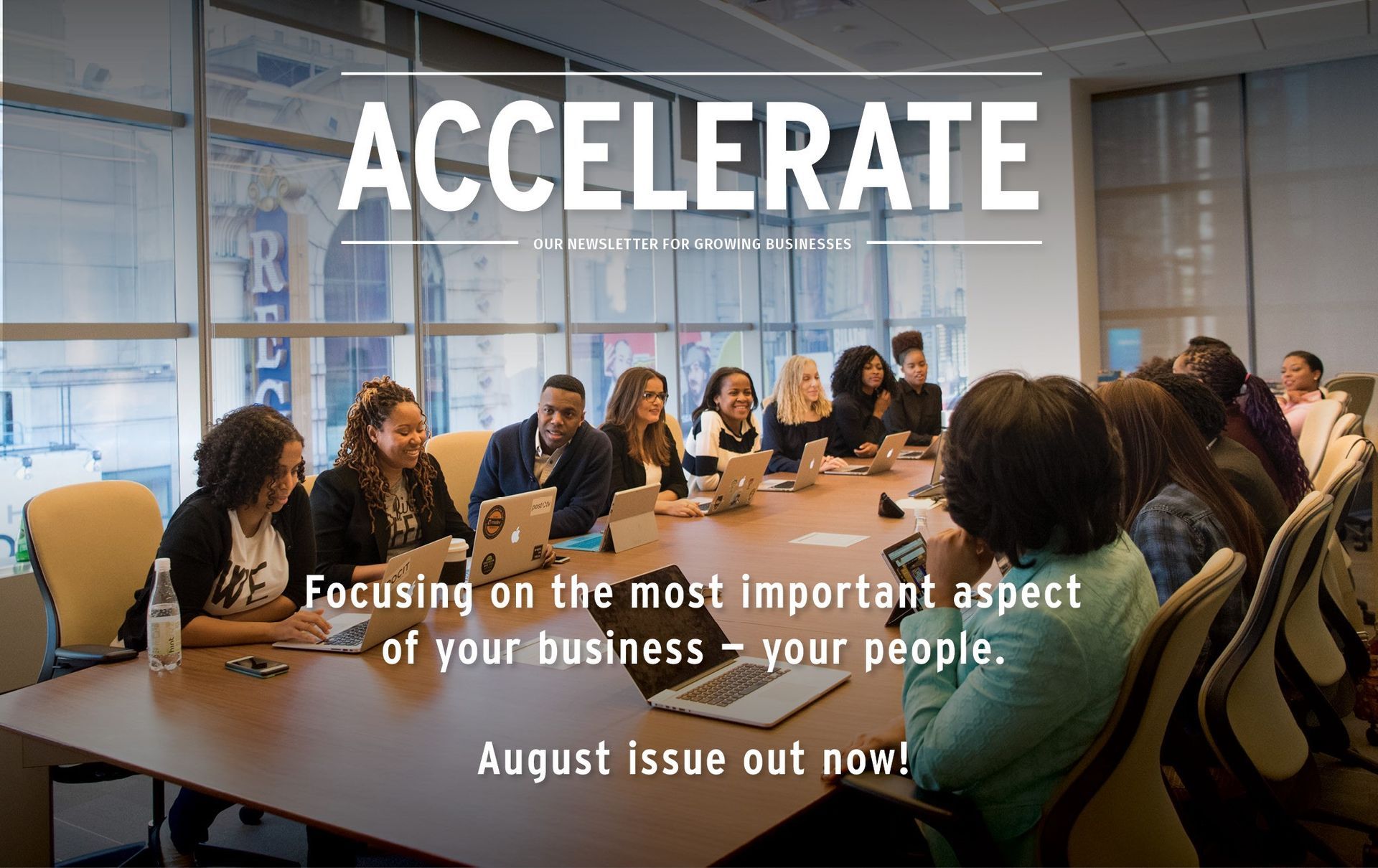Five steps to seamless hiring in 2022
accelerateonline • November 2, 2021

So you’ve found the right person for the job, now what? Here are the next five steps you need to take.
Step 1: Make an offer
- Check the candidate can legally work in New Zealand.
- Explain the 90-day trial period, if you’re going to use one (only small businesses can).
- Discuss the role, conditions, and benefits (hours, location, salary, training, fringe benefits, holidays, etc.).
Step 2: Sign the employment agreement
- Give the candidate a written employment agreement that’s specific to their employee type and includes all the agreed conditions.
- Provide them with a written role description.
- If you’re using the 90-day trial period, tell them about it again and write it into the agreement.
- Make sure they’ve signed the agreement before they start work.
Step 3: Get prepared for their first day
- Make sure systems, processes, tools, and stationery are ready to go ( more on on-boarding in this article ).
- Plan out their first day and an induction process.
- Add them to any insurance policies you might have.
- If this is your first employee, you’ll need to register as an employer with Inland Revenue.
Step 4: Complete any remaining paperwork
Step 5: Get them settled in
- Explain your workplace’s health and safety procedures.
- Show your new staff member how your systems and processes work.
- Introduce them to the rest of the team.
- Get their emergency contact details and give them yours.
Inland Revenue have recently announced this year’s livestock Herd Scheme Values and we think this is a great opportunity to update you on the latest movements. The Herd Scheme Values are the National Average Market Values, determined by a process involving a review of the livestock market as at 30 April.
The values for Dairy this year have seen a fall in values across all female classes, but increases across all male classes. The fall in R1 heifer values can be attributed to the prohibition of live export by sea commencing from 30 April 2023. For the first time the National Average Market Value for R1 Heifers is less than the National Standard Cost of breeding and rearing an R1 Heifer.
Budget 2023 builds on the $889m already provided in response to this year’s storms. A further $6b is allocated for a National Resilience Plan , for rebuilding after weather events. $71b is committed to new and existing infrastructure projects: not only storm damaged communications, power and roading, but schools, hospitals, public housing, rail and road.








